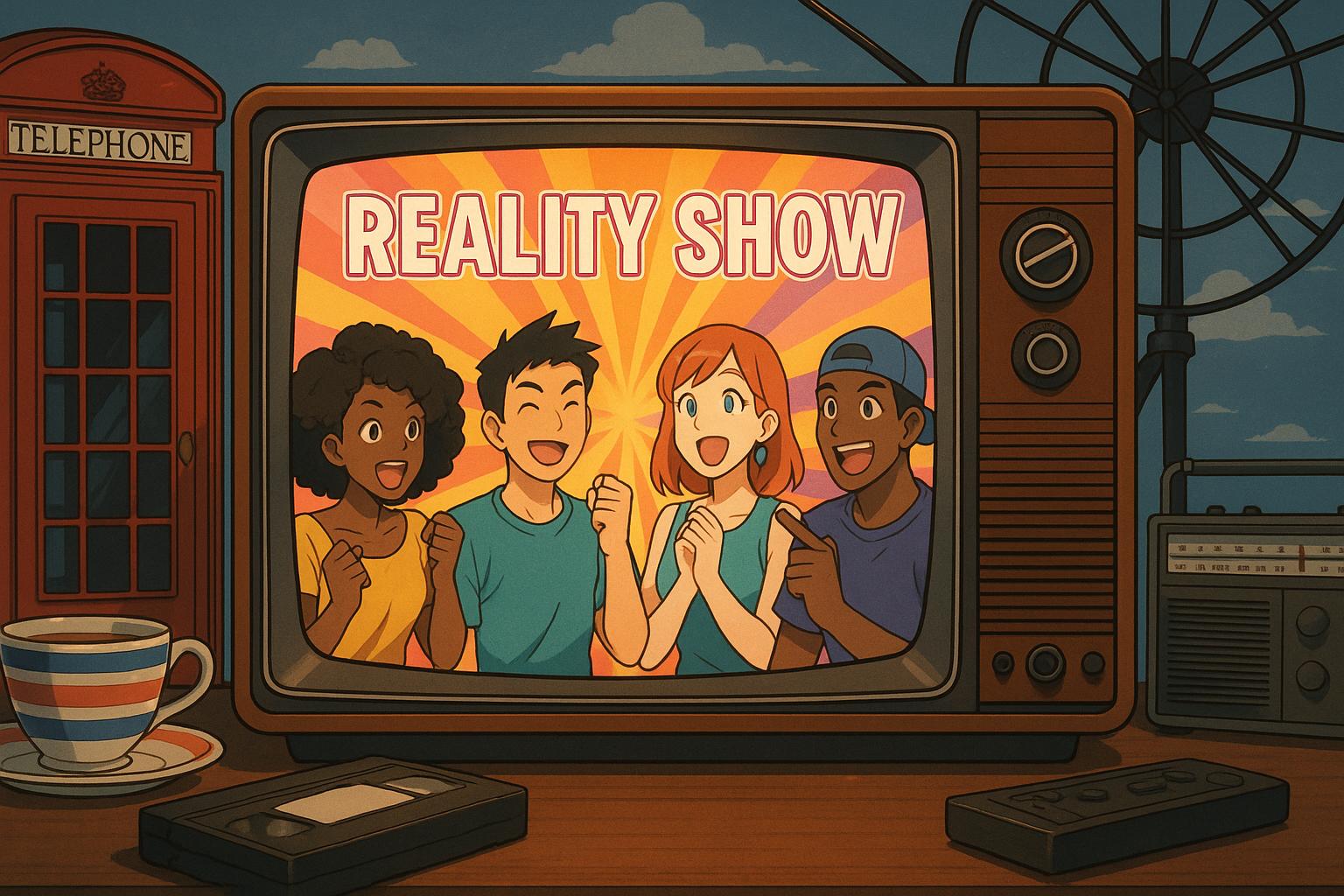To mark a quarter-century into the 21st century, a recent exploration of television's evolution has revealed a dynamic landscape reshaped by the advent of streaming and the emergence of reality TV. Departing from a once-universal viewing experience—gathering around the family television set—today's audience is embracing an infographic universe of choices, where individual preferences reign and communal viewing is on the decline.
The latest analyses of UK television audience behaviours indicate that traditional viewing paradigms have fundamentally shifted. Data from the ratings agency Barb, although imperfect, offers a glimpse into what captures the public's attention. Major events, rather than standard programming, have dominated the ratings in recent years. The most-viewed broadcasts capture moments of cultural significance, such as the funeral of Queen Elizabeth II and the historic coronation of King Charles III. Elsewhere, sporting occasions like the Euro Cup and The Great British Bake Off have enticed millions, showcasing the enduring appeal of live events amid the fragmentation of viewing habits.
Phil Harrison, a noted TV journalist and author of The Age of Static: How TV Explains Modern Britain, highlights a stark contrast: previous decades celebrated scripted dramas and comedy specials. Now, multi-channel platforms compel audiences to navigate niche options, leaving traditional episodic storytelling conspicuously absent from contemporary ratings. Harrison observes, “Viewers have become more atomised and niche-occupying... communal national TV watching is now basically about live events with assumed national importance.”
Reality TV, with its omnipresent influence, has come to redefine mainstream television. The format pioneered by shows like Big Brother, although not prominently featured in this century's highest-rated lists, has seeded concepts that flourish in current programming. From talent competitions to culinary contests, elements of the reality genre have permeated traditional television, creating hybrid formats that appeal to diverse audiences. The emergence of shows such as The Traitors, considered the most-watched program of 2025 thus far, exemplifies this evolution, retaining the conversations initiated by its forerunners.
However, the rise of reality TV has concurrently heralded a decline in the daytime soap operas that once captivated audiences. With EastEnders and Coronation Street struggling to maintain viewership, particularly among younger demographics, the traditional narrative structures appear increasingly out of sync with modern audiences. A report indicates that in 2023, only 48% of 16- to 24-year-olds watched broadcast television weekly, down from 76% in 2018—a trend raising alarm bells for traditional broadcasters reliant on ad revenue. As Phil Harrison notes, “Soaps... are like living period pieces,” detached from the realities of contemporary life.
Yet, not all scripted television has succumbed to this decline. The enduring success of Gavin & Stacey—which captured 19.1 million viewers for its Christmas special—serves as a case in point. By crafting narratives rooted in relatable experiences and universal themes, this series has managed to engage a wide audience without the biting satire common in contemporary comedies. Harrison argues that the warmth and respect inherent in its character portrayals further contribute to its broad appeal.
In the broader context of changing viewing landscapes, The Great British Bake Off stands out, embodying the nostalgic search for a national identity amid cultural uncertainties. Its mix of reality competition and wholesome camaraderie resonates perfectly with modern audiences seeking an escape from the harsher realities depicted in other genres. The show's success illustrates a transition from the more cutthroat reality TV formats towards a kinder, more inclusive style that aligns with shifting societal values.
Reflecting on these developments, it becomes evident that the television industry is at a crossroads, navigating the challenges posed by evolving consumer preferences. As traditional broadcasters grapple with maintaining audience engagement in an age dominated by streaming and digital content, the lessons of the past two decades will likely prove invaluable. The very fabric of television itself is being rewoven, shaped by both the innovative and the traditional, as it boldly steps into the future.
Reference Map:
- Paragraph 1 – [1], [2]
- Paragraph 2 – [1], [2], [5]
- Paragraph 3 – [3], [6]
- Paragraph 4 – [1], [2], [3]
- Paragraph 5 – [3], [5]
- Paragraph 6 – [1], [2], [5]
- Paragraph 7 – [2], [1]
Source: Noah Wire Services
